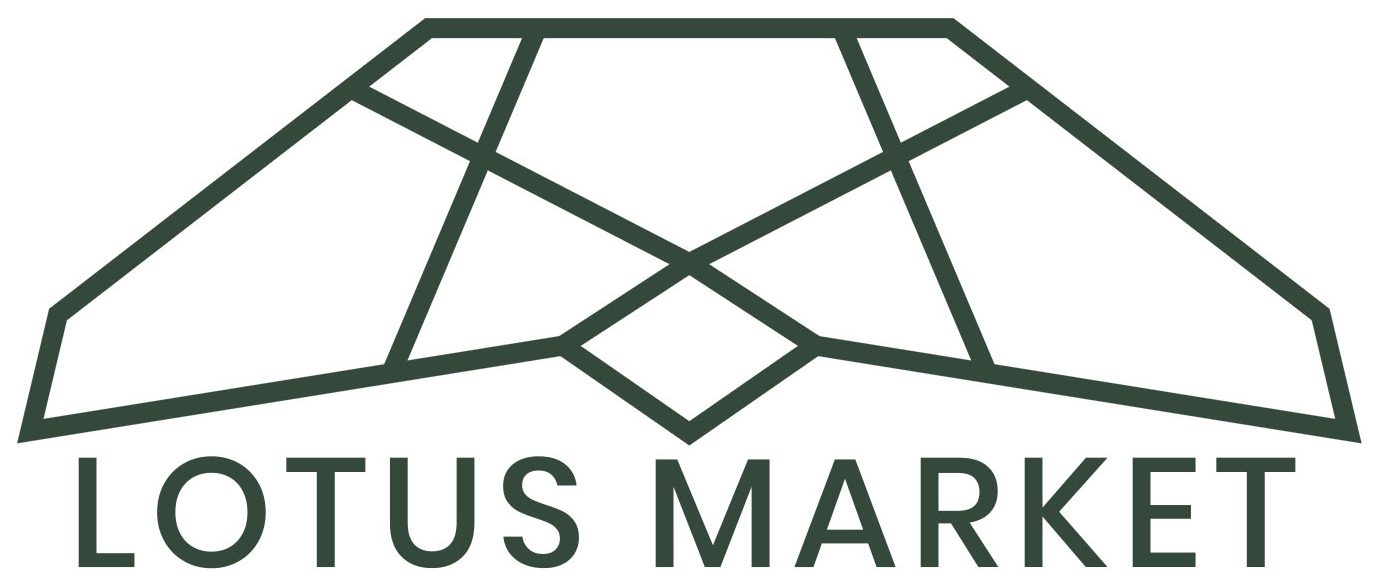Why consider exporting to the Middle East?
In an era where global expansion is not just an option but a necessity for businesses seeking growth, the Middle East emerges as a region brimming with opportunities. With its strategic location, burgeoning markets, and a thirst for innovation and quality products, it’s high time businesses asked themselves: Why consider exporting to the Middle East?
The Economic Landscape of the Middle East
The Middle East, a region historically synonymous with opulence, derived from its vast oil reserves, is vigorously charting a new course towards economic diversification. This transformative journey is not just about reducing dependence on oil but about creating a robust, multifaceted economy that is resilient to global economic shifts and capable of sustaining long-term growth. Countries within this dynamic region are spearheading initiatives to bolster their non-oil sectors, invest in world-class infrastructures, and embrace the digital revolution, thereby presenting a fertile ground for exporters worldwide.
The vision for diversification is most vividly seen in the ambitious economic plans of countries like the United Arab Emirates (UAE), Saudi Arabia, Qatar, and Bahrain. The UAE’s Vision 2021 and Saudi Arabia’s Vision 2030, for instance, are comprehensive strategies aimed at enhancing the competitiveness of their economies, focusing on sectors such as renewable energy, tourism, logistics, and technology. These visions are not mere aspirations but are backed by substantial investments in infrastructure. The UAE, for example, is enhancing its transport and logistics capabilities through significant expansions in its airports and ports, while Saudi Arabia is investing in the development of economic cities that will serve as hubs for innovation and commerce.
Furthermore, the Middle East is embracing technology at an unprecedented pace. The Gulf countries, in particular, are becoming hotspots for the digital economy, with substantial investments in fintech, e-commerce, and smart city initiatives. The Saudi Arabian government, through its National Transformation Program, has launched various projects aimed at promoting e-government services and digital skills among its population. Similarly, the UAE is pioneering in areas such as blockchain technology and artificial intelligence, aiming to become a leading smart city globally.
This push towards diversification and technological adoption is creating new opportunities for exporters. The region’s appetite for advanced technologies, high-quality consumer goods, and sustainable solutions opens up vast markets for businesses around the world. Moreover, the Middle Eastern countries’ investment in infrastructure ensures that the logistics and supply chains required to support international trade are in place, reducing barriers for exporters.
The economic landscape of the Middle East is also characterized by its strategic efforts to attract foreign investment. Governments across the region have implemented reforms to improve the ease of doing business, including modernizing legal frameworks, offering tax incentives, and providing support services for foreign enterprises. These measures not only enhance the region’s attractiveness as an export destination but also as a strategic partner for international businesses looking to expand their global footprint.
In addition, the Middle East’s demographic profile, with a large, young, and increasingly urban population, is a catalyst for growth in consumer markets. This demographic shift is accompanied by a rise in disposable incomes and a growing demand for diverse and high-quality products and services, from luxury goods to advanced healthcare, education, and entertainment options. Exporters can tap into these consumer trends, offering products and services that align with the evolving preferences and needs of the Middle Eastern markets.
In conclusion, the economic landscape of the Middle East is undergoing a profound transformation, marked by efforts to diversify away from oil, embrace innovation, and build world-class infrastructures. For exporters, this represents a golden opportunity to enter a region on the rise, characterized by a favorable business environment, a strategic geographic location, and a growing consumer base eager for quality and innovation. The time to explore the potentials of exporting to the Middle East is now, as the region continues to open its doors wider to the global business community, promising mutual growth and prosperity.
